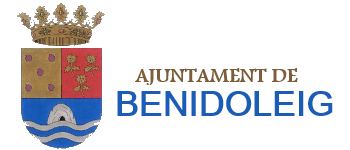History

Around 1398 the knight Mossén Vidal de Vilanova was listed as the owner of the valleys of Laguar and Pego. Due to personal circumstances the same 1398 would proceed to sell the Valley of Laguar to the former lord of Ondara, Lucas de Bonastre, who did not proceed to his immediate payment had to subscribe a mortgage with the seller. The not too buoyant economic circumstances of the new lord, would make that at six years, decided to tear down the lower part of the valley, or the farmhouse of Benidoleig, to proceed to its sale and sale to the Knight Gandia Don Jaime Verdeguer for the price of 34,500 salaries.
All these premises ended on February 20, Wednesday, at noon of 1404, in the birth of Benidoleig as an independent entity socially, legally and economically within the Kingdom of Valencia, with its municipal term with mere and mixed empire and high and low jurisdiction.
Benidoleig, whose etymology in Arabic means tribute to the Doleig, was initially an Arab farmhouse of the many that settled in the valley of the river Girona.
When in 1609 the expulsion of the Moriscos took place in Spain, Benidoleig suffered the depopulation and the ruin of the countryside until, from 1611, its rich lands were repopulated by the Majorcans.
Benidoleig, faithful to its origins, is an eminently agricultural town. Historically supported in the cultivation of dry land and in the production of raisins, it stands out for the production of citrus fruits, with great variety in oranges, which occupy 90 percent of the total cultivated area.

